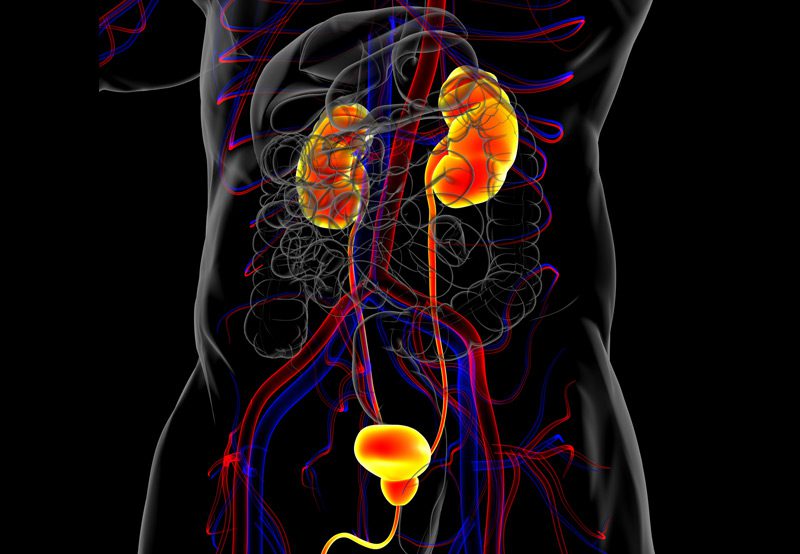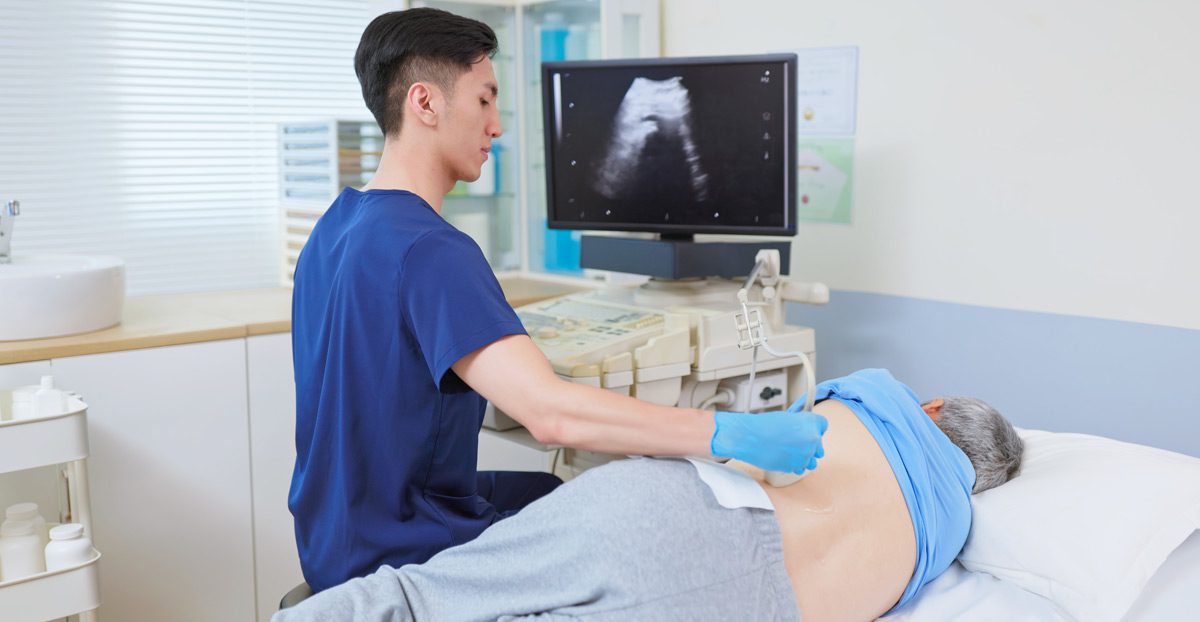

Urinary tract disorders encompass a broad range of conditions affecting the kidneys, ureters, bladder, and urethra. These disorders can result in symptoms such as pain, frequent urination, blood in the urine, or difficulty emptying the bladder. While some are temporary and easily treated, others may indicate more serious underlying issues requiring long-term management.
Common Causes of Urinary Tract Disorders
Urinary tract disorders can stem from infections, structural abnormalities, blockages, or chronic medical conditions. Common causes include:
- Urinary Tract Infections (UTIs): Caused by bacteria entering the urinary system, often resulting in burning urination, urgency, and pelvic pain.
- Kidney Stones: Hard mineral deposits that can obstruct urine flow and cause severe flank pain or hematuria.
- Bladder Stones: Result from concentrated urine or incomplete bladder emptying.
- Urethral Strictures: Narrowing of the urethra due to injury, infection, or inflammation.
- Obstructive Conditions: Such as benign prostatic hyperplasia (BPH) or ureteropelvic junction (UPJ) obstruction.
- Neurologic Conditions: Including spinal cord injury or multiple sclerosis, which affect bladder control.
- Congenital Abnormalities: Such as duplicated ureters or vesicoureteral reflux, particularly in younger patients.

Symptoms to Watch For
- Pain or burning during urination
- Frequent or urgent need to urinate
- Blood in the urine (hematuria)
- Incomplete bladder emptying
- Lower abdominal or flank pain
- Recurrent infections
- Incontinence or dribbling
Diagnosis
A urologist will typically begin with a detailed history and physical examination. Diagnostic tools may include:
- Urinalysis and Urine Culture: To detect infection or hematuria.
- Ultrasound or CT Scan: To visualize structural abnormalities or stones.
- Cystoscopy: Direct inspection of the bladder and urethra using a thin camera.
- Urodynamic Testing: To assess bladder function and pressure.
- Blood Tests: To evaluate kidney function and detect signs of infection or inflammation.
Treatment Options
Treatment depends on the specific disorder and underlying cause:
- Antibiotics: For bacterial infections like UTIs.
- Alpha Blockers or 5-Alpha Reductase Inhibitors: For prostate-related obstruction.
- Minimally Invasive Procedures: Including ureteroscopy, lithotripsy, or stent placement for stones or strictures.
- Surgical Interventions: Such as pyeloplasty, ureteral reimplantation, or prostatectomy for complex or recurrent conditions.
- Lifestyle Modifications: Including fluid management, bladder training, and dietary changes for stone prevention or symptom relief.
Next Steps
If you’re experiencing symptoms suggestive of a urinary tract disorder, a urologic evaluation can help identify the cause and guide you toward effective treatment. Early diagnosis and personalized care are essential for protecting urinary health and preventing long-term complications.
